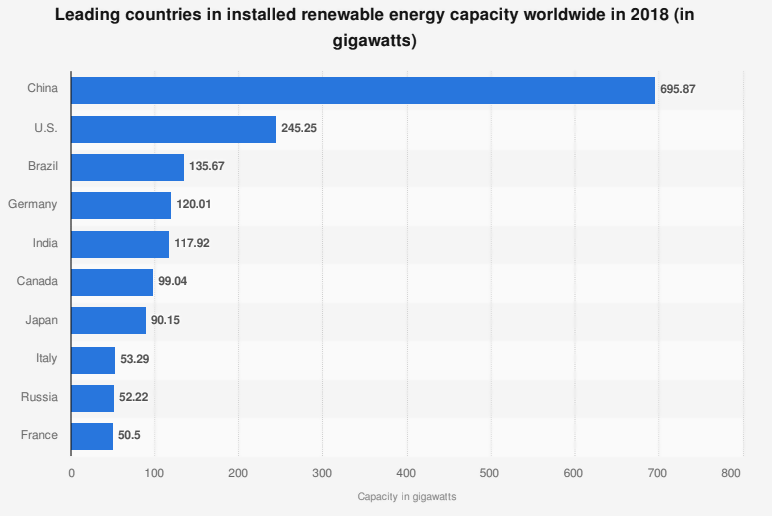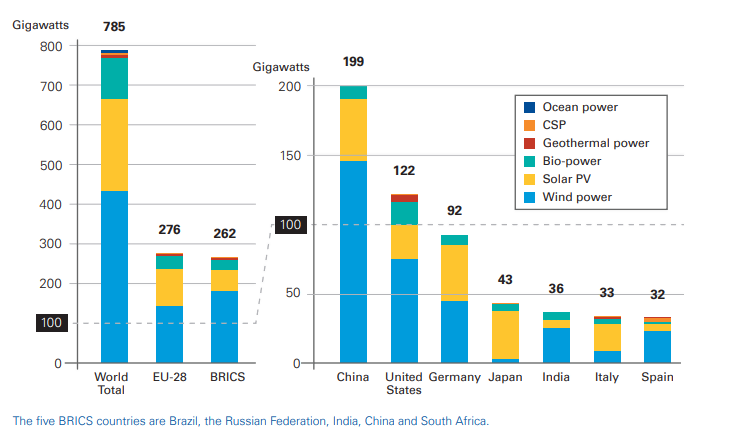The year 2019 has experienced vicious wildfires in California, Australia, and many parts of the world. In California, experts warn that there is a threat of more fires going forward due to warming climate. On the other hand, the wildfires in Queensland and New South Wales in Australia have been blamed on an abnormally long drought season.
Interestingly, there seems to be a common thread between these two incidences, and that is climate change. Temperatures across the earth are warmer than ever before. According to NASA’s Earth Observatory, the earth is 0.8 degrees Celsius warmer today than before 1880. While temperatures began rising steadily since the Industrial Revolution, the pace was highest from 1975, Earth Observatory noted. Scientists at Goddard Institute for Space Studies (GISS), an affiliate of NASA, argued that humans are overwhelmingly responsible for the temperature rise.
The scientists at GISS argue that greenhouse gases from fossil fuels and other human activities trap heat and prevent it from escaping to space. Notably, this argument forms the backbone of the case for renewable energy. Besides the rising danger of global warming, other factors that make renewable energy attractive include advancement in technology that facilitates the generation of electricity from renewable energy sources. This advancement has pushed the price of production down, and hence the energy is affordable.
Current scenario of the renewable energy industry
Renewable energy has officially moved from the concept stage to implementation. Across the world, many governments and private players are spending billions of dollars to install renewable energy production facilities. According to a KPMG report, investment in renewable energy increased by 18% between 2004 and 2015.
Interestingly, the report noted that developing countries took the largest share of the investment. According to the Global Trends in Renewable Energy Investment 2018 report, global investment in renewable energy topped $240 billion for the eighth straight year in 2017. In 2017 alone, $279.8 billion went to investment.
In 2018 alone, over USD 1 billion went into R&D projects targeting renewable energy. Notably, the number of countries committing funds to the projects in 2018 was 29 as opposed to just 21 in 2017. Due to the investment, the global renewable energy industry is expanding at an unprecedented rate. In 2017, the global renewable energy market was approximately $928 billion in value. Further technological improvement, as well as continued avoidance of fossil fuels, should encourage more growth.
Which countries are pursuing renewable energy aggressively?
China is by far the largest player in the renewable energy industry. In particular, the country had an installed renewable energy capacity of 695.87 gigawatts in 2018. Comparably, this is as much capacity as the next four countries combined. Interestingly, the consumption of renewable energy is highest in China than anywhere else. In 2018, China consumed 143.5 million tons of oil equivalent (Mtoe) compared to 103.8 Mtoe for the US, 47.3 Mtoe for Germany, and 27.5 Mtoe for India.

Interestingly, most of the renewable energy generated in China, and globally, comes from wind power. Notably, China generated close to 199 gigawatts of renewable electricity in 2015 but close to 150 gigawatts came from wind power. Of the 122 gigawatts generated in the US, about 75 gigawatts came from wind power. On a global scale, wind power composed of close to 430 gigawatts of the 785 gigawatts of renewable electricity generated in 2015.

Sectors where the application of renewable energy is high
According to REN21, 51% of renewable energy consumed goes to the heating and cooling sector. Notably, consumers use solar energy to heat water and other heating applications. The transport sector, on the other hand, uses almost 31% of renewable energy. In particular, the proliferation of electric vehicles is the driver of this high consumption rate.

Other sectors that are applying renewable energy include manufacturing industries and other corporations. Companies like Apple, Walmart, and Target have installed solar panels on rooftops to generate electricity for their operations. According to the 2018 Solar Means Business Report, there are over 35,000 projects in 43 US States that have an installed solar capacity of 7,000 megawatts. The report further noted that Apple has the highest installed solar capacity at 393.3 megawatts.
An outlook of the industry
The declining cost of renewable energy generation is the biggest driver of growth in the industry. As more companies continue to invest in technological advancements, the costs should fall further going forward. For instance, in the nine years since 2010, it costs 79% less to store electricity in a battery. Further, the price of the production of solar and wind power is 18% cheaper in 2019 compared to 2018.
Looking forward, supportive policies from the government should spur further growth for the industry. Further, a lot of interest is coming from investors, a signal that more funds will be available to make renewable energy more affordable in the future. To cap it all, advancing technologies have made it easier and cheaper to generate renewable power, hence pushing down its cost on the consumer end.

